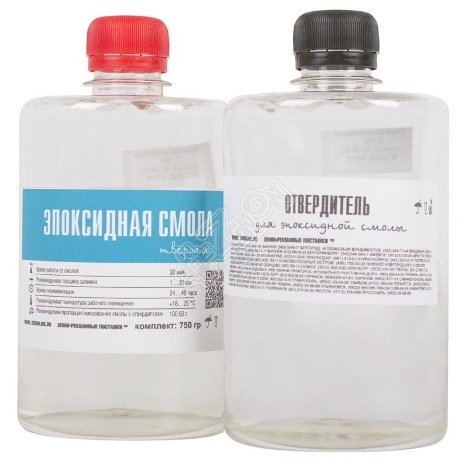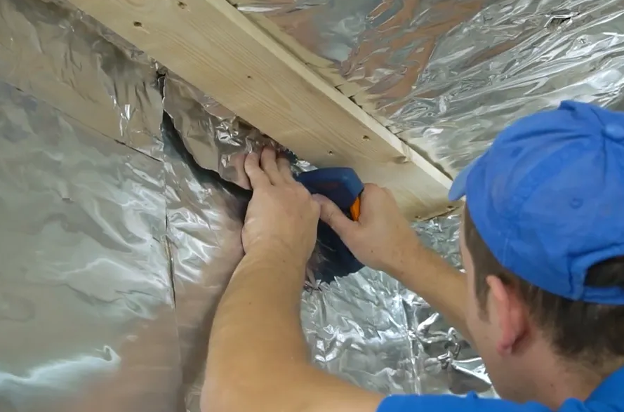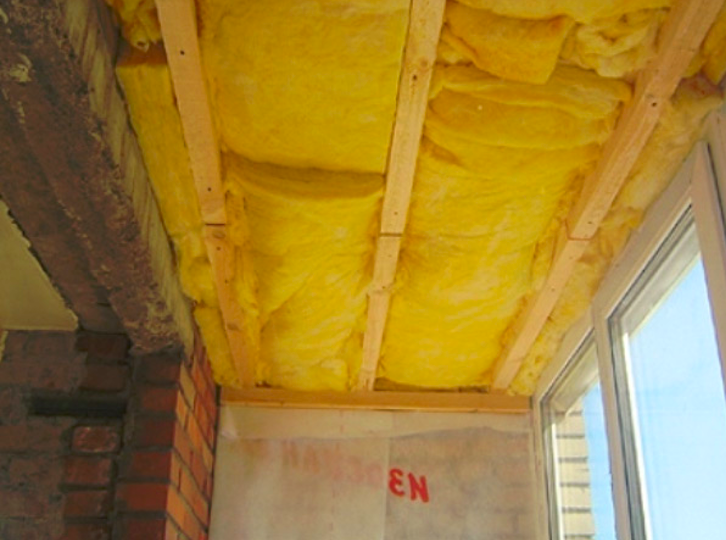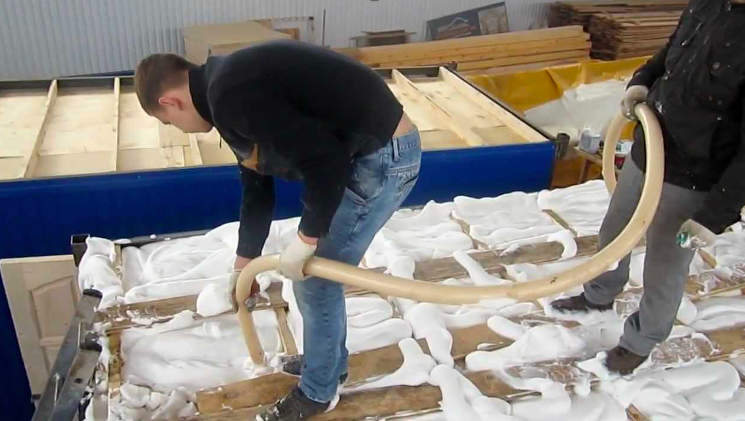Considering how to seal the heating battery, you can choose epoxy resin. This is an inexpensive composition that quickly hardens and maintains tightness. Withstands temperatures up to +150 degrees, after which it begins to melt. Therefore, along with the resin, other compounds are also used. About what tools are suitable for repair, and how to use them correctly, is described in this material.
The content of the article
- Can epoxy be used
- How to seal a radiator
Can epoxy be used
Epoxy resin is a mixture of two organic components, one of which is the resin itself, and the second is the hardener component. The composition is resistant to temperature changes, water. It cures at room temperature in a few minutes.
In this case, the resin melts only when heated to 150 degrees and above. The most stable are the compositions of ED and EAF, which are destroyed only when exposed to open fire. Moreover, they do not melt, but simply crack or foam.

Based on these data, it is clear whether it is possible to seal the radiator with epoxy resin. According to the standard, the water temperature after leaving the boiler of the boiler room reaches 115-120 degrees, then cools down and, when it enters the house, remains at the level of 95-105. This does not exceed the permissible values, although sometimes the coolant can overheat, but only for a short time, during which the resin does not have time to melt.
Thus, when choosing how to seal a heating radiator, it is quite possible to consider epoxy resin. But still it is worth understanding that this is a temporary solution. And if the defect is quite serious, it is necessary to call an emergency team or carry out an independent repair. In extreme cases, a complete battery replacement may be necessary.
How to seal a radiator
Epoxy resin is well suited for repairing radiators of various types, regardless of the material. First you need to prepare improvised means:
- resin;
- gloves;
- gasoline, white spirit or acetone;
- sandpaper.
Gluing the radiator with epoxy is quite simple. If possible, you should first tighten the bottom valve of the battery so that it cools to room temperature. But in extreme cases, you can work with a hot surface.
The main steps are:
- The battery is wiped from dust with a clean cloth, washed with detergent and wiped.
- If there are grease stains, treat with gasoline or acetone.
- At the joints, the parts are cleaned with sandpaper.
- Wipe with a clean cloth.
- Wear gloves and slightly dampen the surface.
- Apply resin to gloves.
- Rub quickly onto the surface with fingertips.
- If connections are processed, they are additionally fastened with clamps.
- Let stand for an hour until completely solidified.

You can also seal the battery with an aqueous solution of cement and asbestos applied to the bandages. Sealants based on powder or liquid polymer are also used. Moreover, if the damage is minor, the composition is simply applied to the surface. And if the defect is significant, it is better to use a bandage or tourniquet, rubber, which are glued on top.


